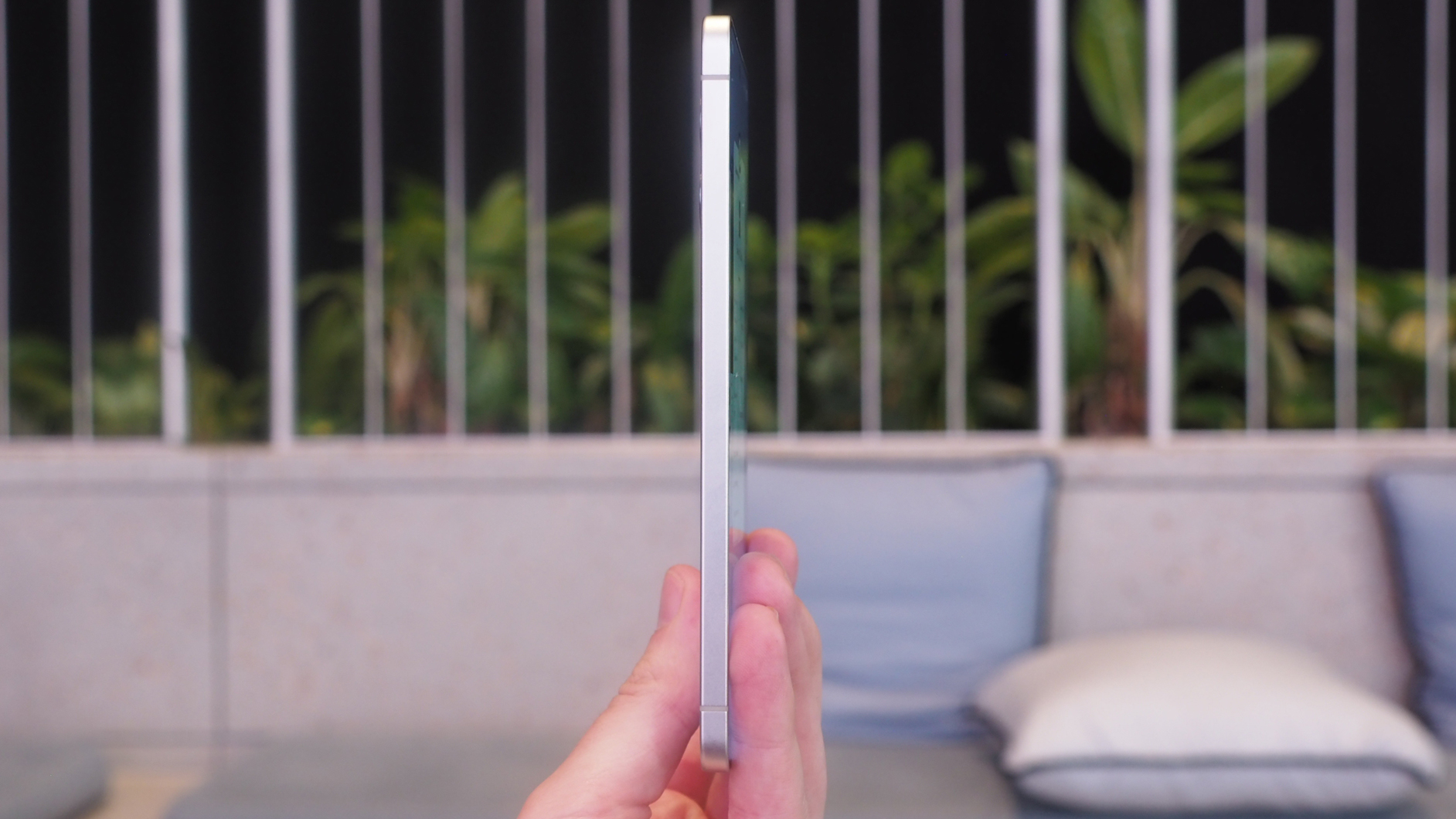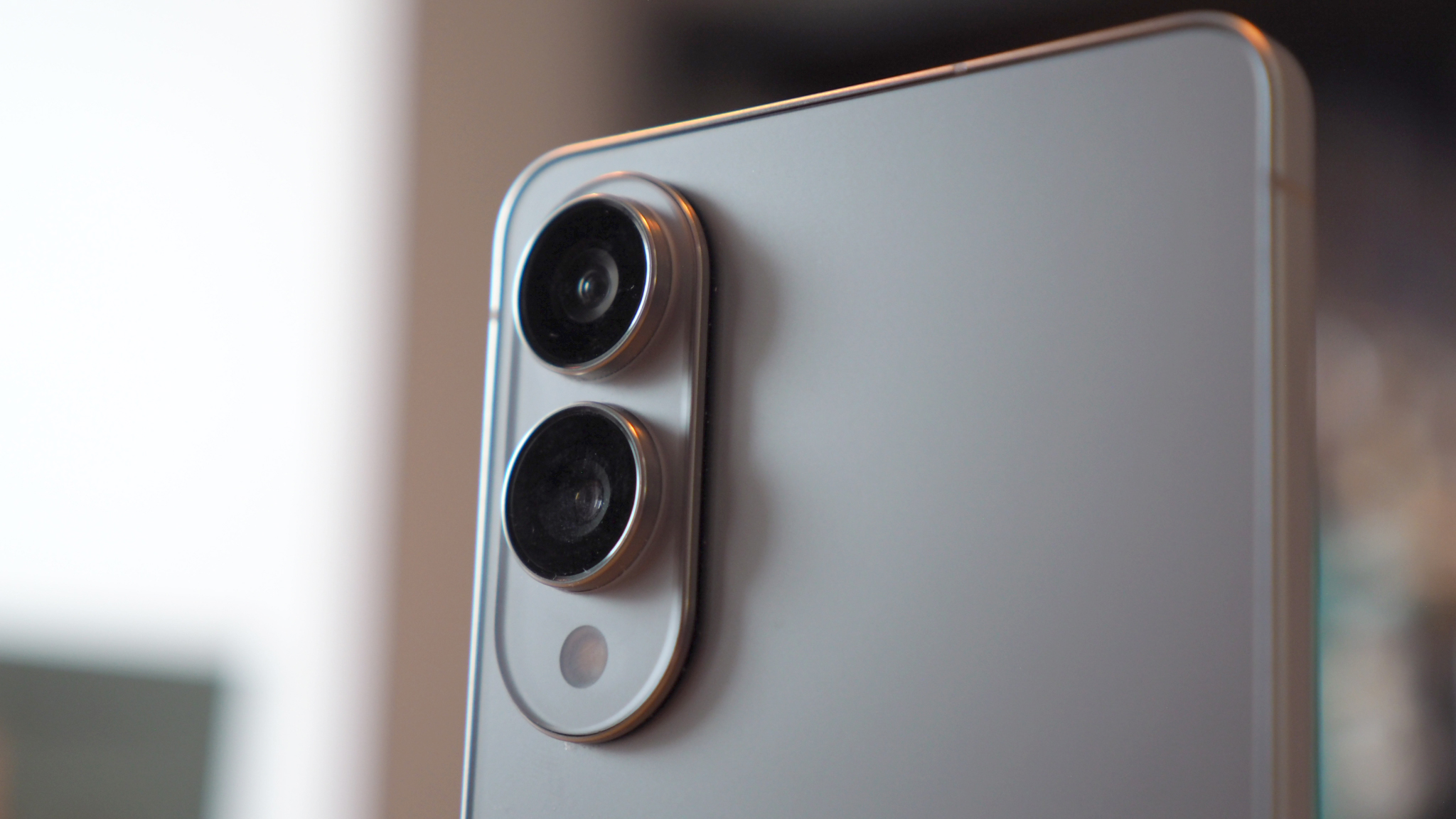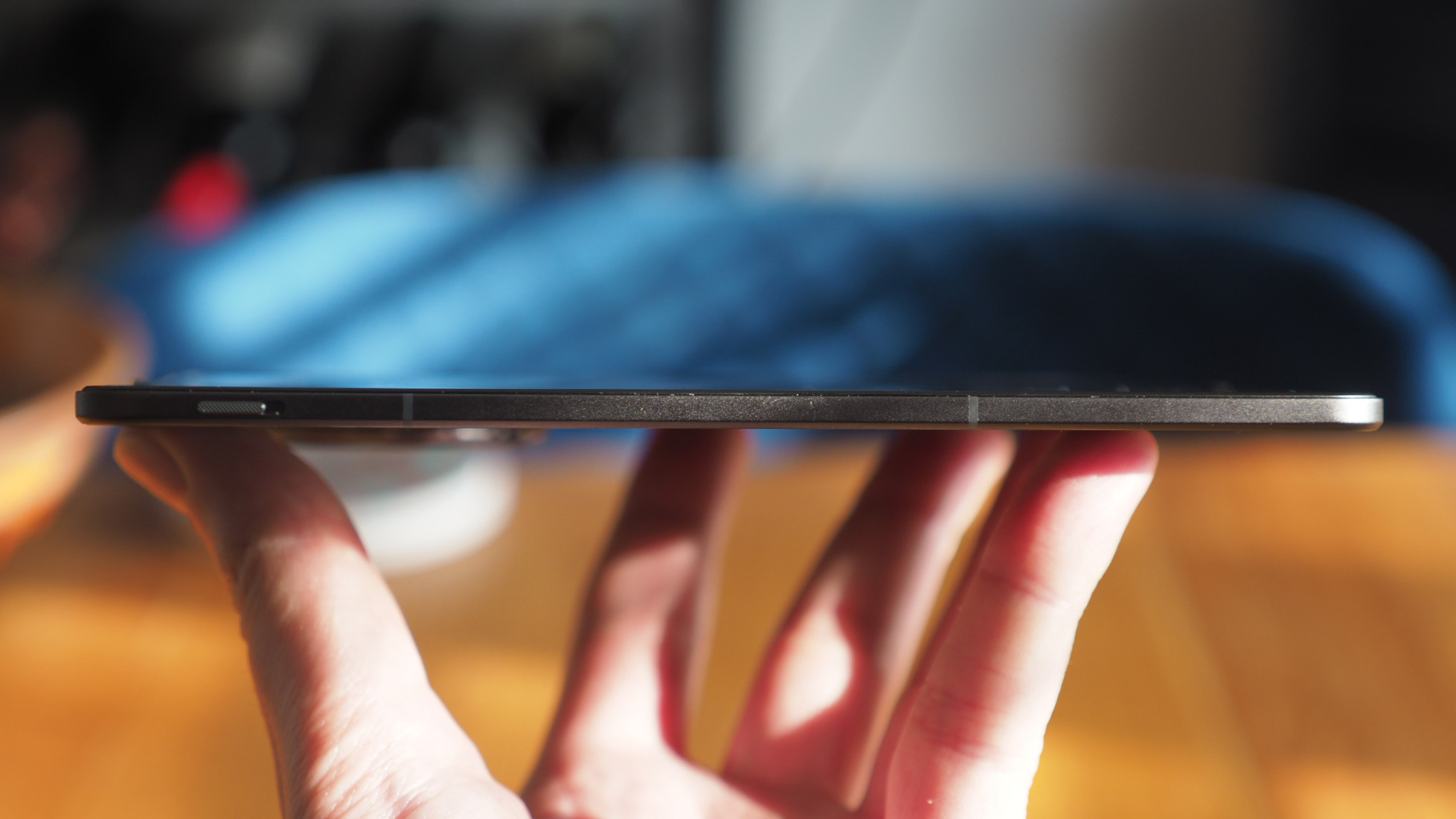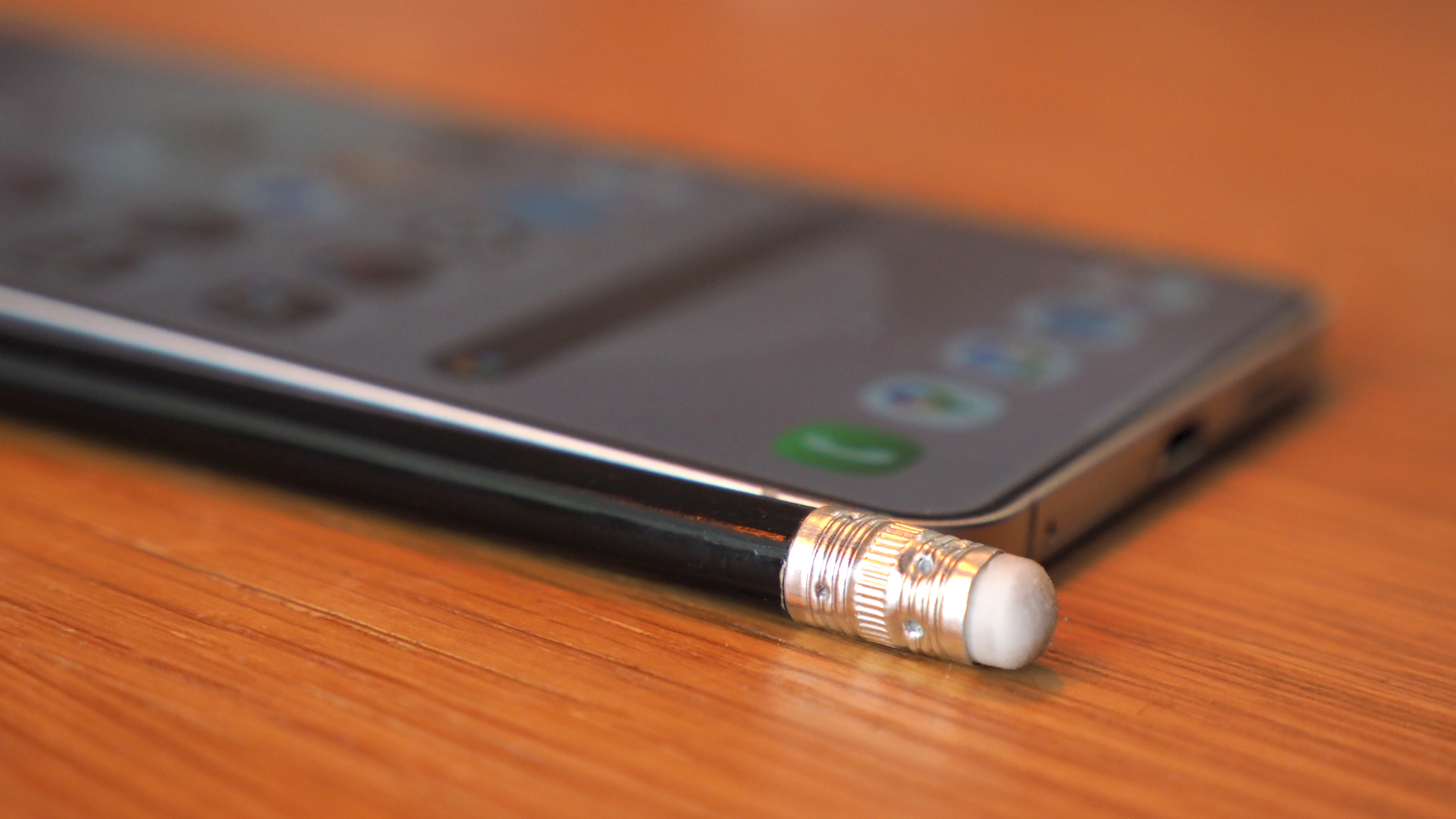"Thin is in": Phones from Samsung to Apple are suddenly slimmer than ever
'Pencil-thin' handsets aren't a new idea – but are the theme of 2025

I just spent the last two weeks living with Samsung's slimmest-ever flagship phone, the Galaxy S25 Edge. It's the poster child for the 2025 mobile phone trend that "thin is in", as the slimmest-ever handsets are suddenly coming to the fore.
Samsung may be among the first out of the gates, but it's certainly not looking as though it'll be the last. With rumours of a new super-slim iPhone Air due for a first-look glimpse at its WWDC showcase in June, and other brands quietly already ahead of the curve, the slim trend is just gathering steam.
But why now? Pencil-thin handsets aren't a new idea by any means. So is it down to customer demand? Technological advances that have offset compromises? Or simply companies showing off what their research and development investments can achieve?
Samsung Galaxy S25 Edge
- Release date: 30 May 2025
- Measures: 5.8mm

Revealed as the 'one more thing' moment at Samsung's Galaxy Unpacked in January of this year, people were very excited about this handset. It stands apart from its S25 Ultra bigger brother, given its slender design, making it a departure for the Galaxy S flagship series. And it's now on sale for one and all.
The first handset to ever feature Corning Gorilla Glass Ceramic 2, which was co-developed with Samsung, the slim design isn't at the cost of build quality or robustness. Although, if you were to add a case, you'd negate much of the S25 Edge's standout trim design.
What's curious about the Edge, however, is that it opts for flagship Qualcomm power, but relies on tried-and-tested battery technology – so the capacity is fairly low in terms of the best phones out there. That creates something of a conundrum for prospective Edge buyers: is potentially limited longevity for the sake of a slim design workable?
Oppo Find N5
- Release date: February 2025 in select markets
- Measures (unfolded): 4.2mm

Because here's the thing: other makers have already deployed new battery technologies into their phones. The Oppo Find N5 foldable, for example, utilises silicon-carbon cells, which have greater density, meaning smaller scales can be used.
Get all the latest news, reviews, deals and buying guides on gorgeous tech, home and active products from the T3 experts
In the Find N5 that results in an almost absurdly thin foldable, at just 4.2mm when it's unfolded. Sure, you'll forego camera specification as a result, avoiding protruding island megaliths as part of the design, but Oppo really ticked the super-slim box here.
Oddly, however, the brand changed its mind about where the foldable would go on sale. The UK, which was originally a market earmarked for the handset, never officially saw it go on sale. Lack of confidence? Lack of customer demand for foldables right now? Clearly Oppo knew something, especially as OnePlus had pulled its Open 2 plans and would have left the door open.
I should also point out that Oppo was ahead of Samsung, but not by months, but years. The Oppo R5 was revealed way back in 2014, boasting a sub-5mm thickness, but it never saw wide release and was widely criticised for its battery life limitations – a qualm that's since been solved, of course, with newer technology.
Apple iPhone 17 Air
- Release date: N/A, rumoured for 9 June teaser
- Measures: unknown, 5.5mm rumoured

Which brings me to the next, supposedly imminent reveal: Apple's iPhone 17 Air. A rumour for now, with purported leaked videos showing off a Samsung-beating 5.5mm slim handset.
If Apple has the confidence to produce such a handset, then it's not by chance or accident. The brand has been consistently delivering the highest flagship phone sales volumes for years, providing what customers expect.
The Air looks like a totally new prospect – a bit 'wonky-eyed cyclops' based on those supposed picture leaks, if you ask me – to expand upon the breadth of the iPhone's offering. But will this actually be a great new upgrade tactic?
Even though the battery will invariably be smaller than many flagship alternatives, Apple's iOS software is very good with battery management – something few of the best Android phones can claim. Plus, it's quietly believed that Apple will also jump on the silicon-carbon train for extended longevity.
Where does that leave us?

So there we have it: while Oppo launched a sub-5mm phone over a decade ago to more criticism than praise, it's taken more than those 10 years since for the format to find its mainstream swagger again.
But pencil-thin phones are very much here once more, as Samsung has just proven with the Galaxy S25 Edge's release.
What's needed, however, is for the marriage of new battery technologies in tandem with the form factors to truly deliver what prospective buyers will want – ample longevity per charge.
If the rumours are true that Apple is about to tease its presence in 2025's latest mobile trend, with the iPhone 17 Air, then such an assertion from one of tech's giants is a likely stamp of approval.
The more makers that get in on the act – and let's not forget, at Mobile World Congress this year, Tecno showed off a 5.75mm handset without compromising battery capacity – the more this theme will become the norm or even expectation.
I'm certainly all here for it, as thinner means lighter, too, meaning the flagships of the near future will sit even lighter in your pocket. Now we just need a camera breakthrough to really double down on the thin form-factor too.

Mike is T3's Tech Editor. He's been writing about consumer technology for 15 years and his beat covers phones – of which he's seen hundreds of handsets over the years – laptops, gaming, TV & audio, and more. There's little consumer tech he's not had a hand at trying, and with extensive commissioning and editing experience, he knows the industry inside out. As the former Reviews Editor at Pocket-lint for 10 years where he furthered his knowledge and expertise, whilst writing about literally thousands of products, he's also provided work for publications such as Wired, The Guardian, Metro, and more.
You must confirm your public display name before commenting
Please logout and then login again, you will then be prompted to enter your display name.
